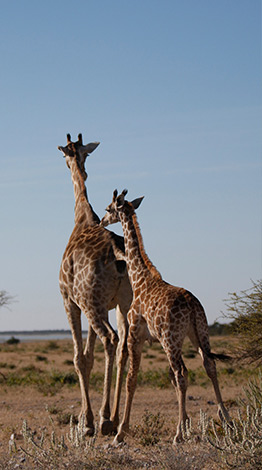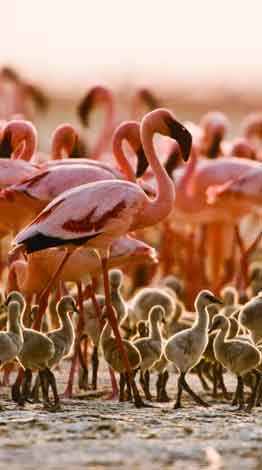







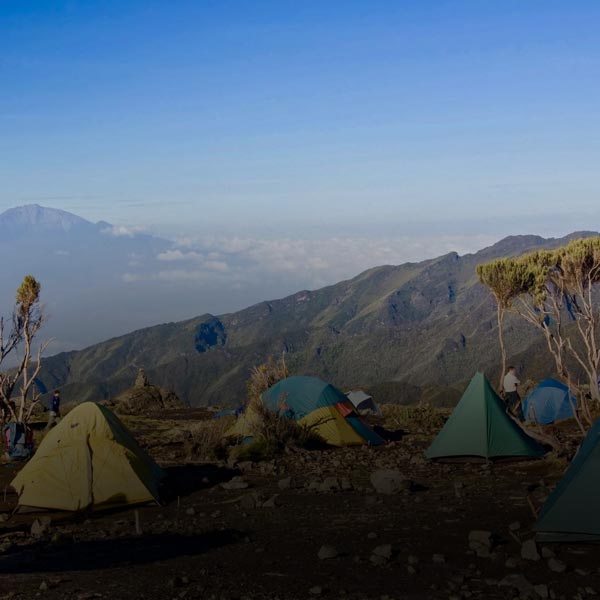
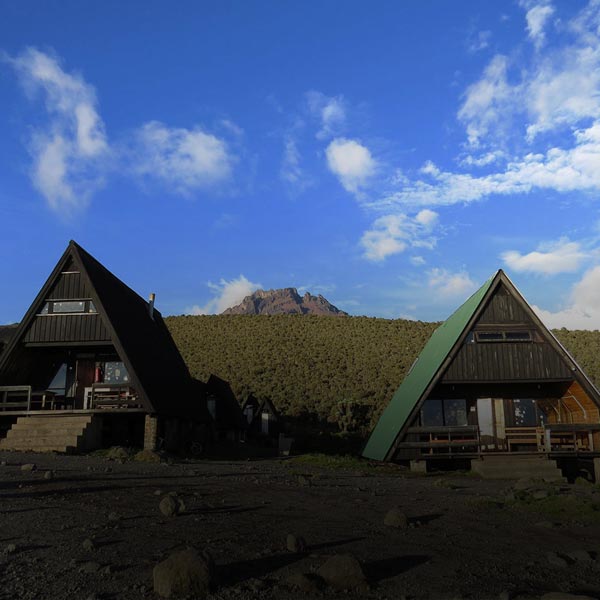
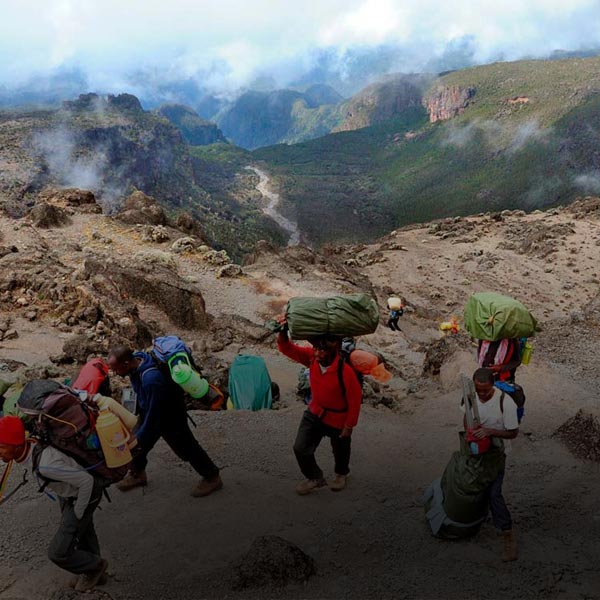
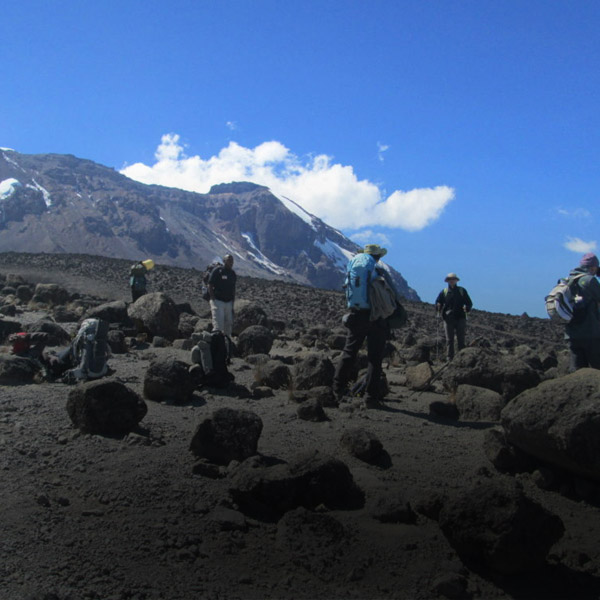
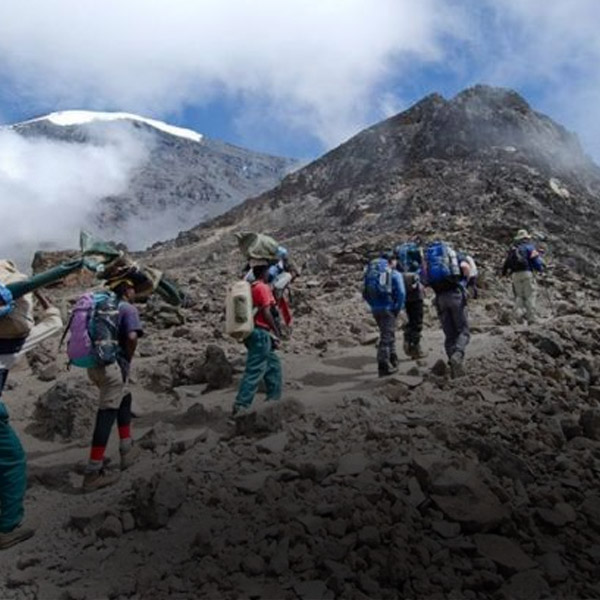
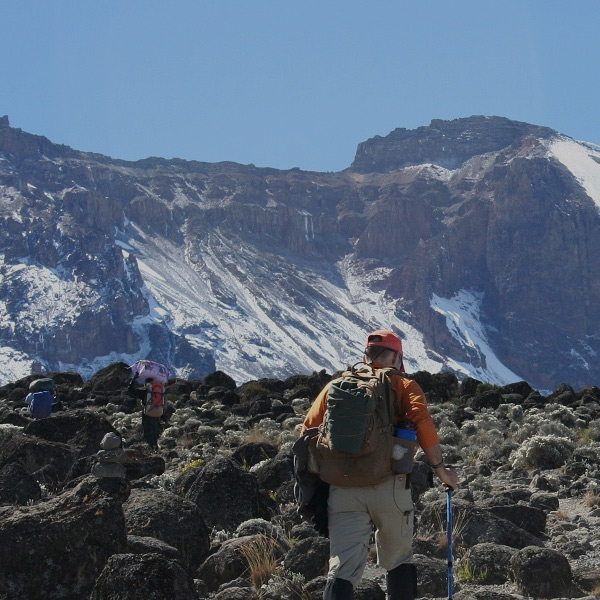
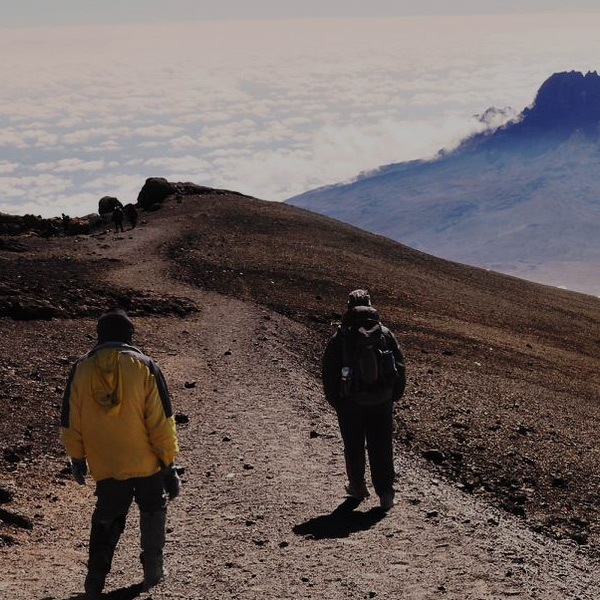

This was hands down the most memorable trip I have ever taken. Truly remarkable scenery accompanied by every wild animal you could imagine. Lava Peaks ran a phenomenal tour, which was led by Iddy and his cook. I highly recommend that you request that pair. They took us all across the Serengeti, and were very understanding about stopping to take pictures. Ramson Swai (owner of the company) also came along to ensure that our trip was nothing short of perfect. I couldn't have asked for more!.

My brother and I recently came back from hiking Kili via the Lemosho Route. When we started looking at this trip we were clueless. Initially we emailed one of the bigger companies but they were booked so we found Ramson via TripAdvisor. The big company being booked was the best thing to happen so us - and we didn’t fully appreciate it until we were on the mountain and saw how huge their groups are, how tedious it is having to wait on everyone..

This September my husband and I hiked Kilimanjaro as part of our honeymoon. We chose Lava Peaks based on a friend’s recommendation. We were very happy with Ramson and his team! We felt like we had the best crew on the mountain! Our safety and success was their number one concern... every evening Ramson or our assistant guide made sure we were well prepared for the following day..

A trekking with the crew Ramsom is a great experience. During the trekking you will be tired sometimes, but if you trek with Ramsom and his crew you are sure they will take care of you. They will serve you a great dinner after a long exhausting day or they will sing along with you during the walk.

We climbed Kilimanjaro! And we get the chance to say that thanks to Ramson and his fantastic team. From start to finish, they were all amazing. The porters who carried our gear, tents, food, water - and even plastic chairs and tables so we could eat comfortably! With no tech clothing or boots..... These guys are incredible!! And Ramson - full respect. Complete pro..









Lava Peaks Adventures is a local company owned by two Tanzanians with broad experience in the tourism industry and related fields. One of the owners, Ramson Swai is an established mountain ..
Read More